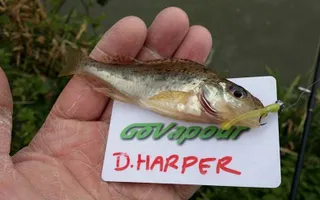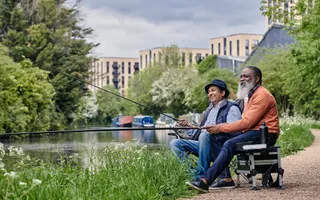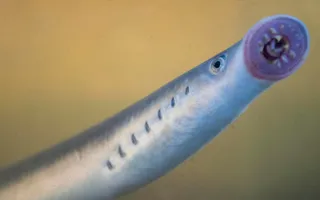Ruffe and our canals
Found on most of our canals and rivers, ruffe often fall prey to its larger relatives, zander and perch. In turn, they hunt along the bottom, feeding on small worms, insects and tiny fish.
How to identify a ruffe
Ruffe are usually a sandy to dark brown colour with blotchy black markings and speckles across the upper body and dorsal fin. They have two dorsal fins that join together – the front is generally hard while the rear is soft. Ruffe have short triangular heads and large mouths for feeding on small insects, snails, eggs and fry of other fish. They have a number of sharp spines called rays.
Lifecycle of a ruffe
Ruffe reproduce at a surprisingly fast rate. Gathering in shoals in April-May, they spawn in shallow water at temperatures of 10-15C. Females deposit their eggs on stones and plants, and they hatch after 8-10 days. Growing slowly, ruffe mature at 1-2 years old.









